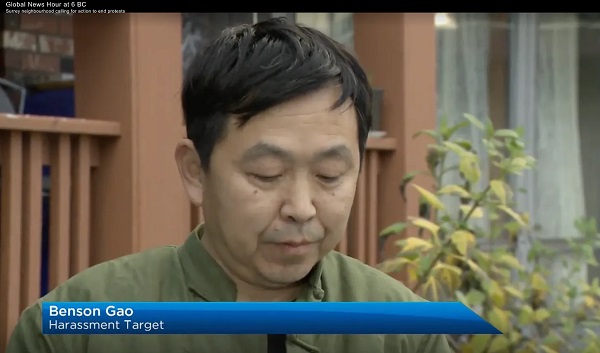Opinion
5,240 voters supported the Ward System. That is more than some elected politicians received. Not to be ignored.

5,240 voters in 2013 supported the ward system of municipal governance but it wasn’t enough. Some will say that settles the issue in perpetuity or forever.
The plebiscite was a vote on the ward system to help find one of many solutions to end the disparity between the north and south in such issues like absence of a high school north of the river or the unequal distribution of recreational facilities.
The city council favored the at-large system, and allocated $30,000 to present a side to the issue. They held a townhall information meeting hosted by popular ex-councillor Larry Pimm who extolled the virtues of the current at-large system. Reminding everyone; “To dance with the one that brought you”. No ward system advocate was invited.
Compare city hall, with $30,000 against a few volunteers with no budget, and you have an epic “David and Goliath” situation.
5,240 voters supported it, considering that the majority of school board trustees garnered fewer votes and they believe they represent the citizens.
The vote was held four years ago during an election, and some will argue that settles the matter forever. No matter that about 10% of the population moves every year, and that someone who is 18,19, 20, or 21 now could vote now that could not have voted then.
One suggested that it would be disrespectful of the voters in 2013 if we were to have another plebiscite in the future. Why do we have elections every 4 years? Possibly to bring in new ideas, people and ways to deal with new issues and events, to change course when a current course is not working?
The major is issue was the disparity between north of the river and south of the river. The last school built north of the river was in 1985, the lack of a high school north of the river and the fact that there is only one recreational centre north of the river with 11 south of the river. The ward system was brought up as a possible way to ensure their voice was heard.
Wards versus at large: Niagara Falls (population of 88,071),candidates discuss. If you want to get in the game, some say a ward system is helpful. … Now, more than a decade into an at-large system where eight councillors are elected to represent the entire city, some candidates are calling for a return to the ward system.
It may better represent the city, but some people find it confusing. One political scientist says we should consider bringing back the ward system with the civic election one week away.
A ward system, essentially, has an elected representative from varying neighbourhoods around the city.
Langara College political scientist Peter Prontzos says it’s a little more democratic and things won’t be rushed through council because there are more voices to be heard and more issues brought to the table.
But he warns there are cons.
“It may be a little more confusing in some ways and there may be occasional gridlock on city council, but I think that’s relatively minor.”
He says right now those who run for office are people with money who only represent wealthy neighbourhoods where something like public transit may not be issue.
Issues like no high school or biased distribution of recreational centres, may get on council’s agenda and be heard through a ward system.
Issues like; On the north side we have (1) the Dawe Centre while on the south side we have; (10), the Downtown Recreation Centre, Michener Aquatic Centre, Downtown Arena, Centrium complex, Collicutt Recreation Centre, Pidherney Curling Centre, Kinex Arena, Kinsmen Community Arenas, Red Deer Curling Centre, and the under-construction Gary W. Harris Centre. The city is also talking about replacing the downtown recreation centre with an expanded 50m pool.
The volunteers proposed 4 wards with 2 councillors per ward, and 5,240 voters supported the idea. Others thought not yet and some were totally against it, period. Should the politicians write off 5,240 voters as a non issue? City should be inclusive of everyone, including those not crowding the stage during the discussions on the latest issue of the day.
Jordy Smith was quite eloquent in his defence of the ward system;
“Wards provide direct representation within the city council. They allow anyone who sees an issue in the city to go to their particular councillor and voice their concern. In this situation, the councillor ensures the person’s, and their district’s, voice is heard. If they don’t represent their community well, their constituents can vote for a new councillor in the next election.
In our current system, a person can reach out to some or all of Red Deer’s councillors, but if the issue isn’t prevalent across the entire city, it is unlikely to enter the council meeting. Important neighbourhood issues may take a backseat to other matters in distant parts of the city. This scenario isn’t always a problem in at-large systems, but it often favours certain parts of a city more than others. This issue is especially true when a majority of councillors all live in a similar part of the city.
In Red Deer, seven of our eight councillors live on the South-East side of the river; in fact, many of our past councils have had disproportionate representation from the South-East side. A ward system gives each part of Red Deer direct representation and a voice in council decisions.”
The point is that the “Ward System” is not a panacea to the disparity issue and no one thinks it is but it could be a step in addressing the issue. Many candidates talk about the “Riverlands” as the panacea to downtown issues, but it is not, it is but a step to addressing the issues.
I ask the candidates who have said that the vote should stand and not be voted on again out of respect for the 2013 voters, should we let the federal vote of 2015, where we elected a Liberal government and the provincial vote of 2015, where we elected a NDP government stand in perpetuity? I didn’t think so. That is why we have votes, because we may change our mind. Thank you.
Read more about the Red Deer Municipal Election on Todayville.
Education
Why classroom size isn’t the issue teacher unions think it is

This article supplied by Troy Media.
The real challenge is managing classrooms with wide-ranging student needs, from special education to language barriers
Teachers’ unions have long pushed for smaller class sizes, but the real challenge in schools isn’t how many students are in the room—it’s how complex those classrooms have become. A class with a high proportion of special needs students, a wide range of academic levels or several students learning English as a second language can be far more difficult to teach than a larger class
where students are functioning at a similar level.
Earlier this year, for example, the Elementary Teachers’ Federation of Ontario announced that smaller class sizes would be its top bargaining priority in this fall’s negotiations.
It’s not hard to see why unions want smaller classes. Teaching fewer students is generally easier than teaching more students, which reduces the workload of teachers. In addition, smaller classes require hiring more teachers, and this amounts to a significant financial gain for teachers’ unions. Each teacher pays union dues as part of membership.
However, there are good reasons to question the emphasis on class size. To begin with, reducing class size is prohibitively expensive. Teacher salaries make up the largest percentage of education spending, and hiring more teachers will significantly increase the amount of money spent on salaries.
Now, this money could be well spent if it led to a dramatic increase in student learning. But it likely wouldn’t. That’s because while research shows that smaller class sizes have a moderately beneficial impact on the academic performance of early years students, there is little evidence of a similar benefit for older students. Plus, to get a significant academic benefit, class sizes need to be reduced to 17 students or fewer, and this is simply not financially feasible.
In addition, not only does reducing class sizes mean spending more money on teacher compensation (including salaries, pensions and benefits), but it also leads to a decline in average teacher experience and qualifications, particularly during teacher shortages.
As a case in point, when the state of California implemented a K-3 class-size reduction program in 1996, inexperienced or uncertified teachers were hired to fill many of the new teaching positions. In the end, California spent a large amount of money for little measurable improvement in academic performance. Ontario, or any other province, would risk repeating California’s costly experience.
Besides, anyone with a reasonable amount of teaching experience knows that classroom complexity is a much more important issue than class size. Smaller classes with a high percentage of special needs students are considerably more difficult to teach than larger classes where students all function at a similar academic level.
The good news is that some teachers’ unions have shifted their focus from class size to classroom complexity. For example, during the recent labour dispute between the Saskatchewan Teachers’ Federation (STF) and the Saskatchewan government, the STF demanded that a classroom complexity article be included in the provincial collective agreement. After the dispute went to binding arbitration, the arbitrator agreed with the STF’s request.
Consequently, Saskatchewan’s new collective agreement states, among other things, that schools with 150 or more students will receive an additional full-time teacher who can be used to provide extra support to students with complex needs. This means that an extra 500 teachers will be hired across Saskatchewan.
While this is obviously a significant expenditure, it is considerably more affordable than arbitrarily reducing class sizes across the province. By making classroom complexity its primary focus, the STF has taken an important first step because the issue of classroom complexity isn’t going away.
Obviously, Saskatchewan’s new collective agreement is far from a panacea, because there is no guarantee that principals will make the most efficient use of these additional teachers.
Nevertheless, there are potential benefits that could come from this new collective agreement. By getting classroom complexity into the collective agreement, the STF has ensured that this issue will be on the table for the next round of bargaining. This could lead to policy changes that go beyond hiring a few additional teachers.
Specifically, it might be time to re-examine the wholesale adoption of placing most students, including those with special needs, in regular classrooms, since this policy is largely driving the increase in diverse student needs. While every child has the right to an education, there’s no need for this education to look the same for everyone. Although most students benefit from being part of regular academic classes, some students would learn better in a different setting that takes their individual needs into consideration.
Teachers across Canada should be grateful that the STF has taken a step in the right direction by moving beyond the simplistic demand for smaller class sizes by focusing instead on the more important issue of diverse student needs.
Michael Zwaagstra is a senior fellow with the Frontier Centre for Public Policy.
Troy Media empowers Canadian community news outlets by providing independent, insightful analysis and commentary. Our mission is to support local media in helping Canadians stay informed and engaged by delivering reliable content that strengthens community connections and deepens understanding across the country
Addictions
Canadian gov’t not stopping drug injection sites from being set up near schools, daycares
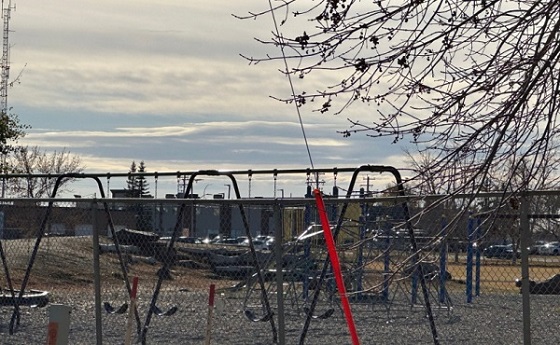
From LifeSiteNews
Canada’s health department told MPs there is not a minimum distance requirement between safe consumption sites and schools, daycares or playgrounds.
So-called “safe” drug injection sites do not require a minimum distance from schools, daycares, or even playgrounds, Health Canada has stated, and that has puzzled some MPs.
Canadian Health Minister Marjorie Michel recently told MPs that it was not up to the federal government to make rules around where drug use sites could be located.
“Health Canada does not set a minimum distance requirement between safe consumption sites and nearby locations such as schools, daycares or playgrounds,” the health department wrote in a submission to the House of Commons health committee.
“Nor does the department collect or maintain a comprehensive list of addresses for these facilities in Canada.”
Records show that there are 31 such “safe” injection sites allowed under the Controlled Drugs And Substances Act in six Canadian provinces. There are 13 are in Ontario, five each in Alberta, Quebec, and British Columbia, and two in Saskatchewan and one in Nova Scotia.
The department noted, as per Blacklock’s Reporter, that it considers the location of each site before approving it, including “expressions of community support or opposition.”
Michel had earlier told the committee that it was not her job to decide where such sites are located, saying, “This does not fall directly under my responsibility.”
Conservative MP Dan Mazier had asked for limits on where such “safe” injection drug sites would be placed, asking Michel in a recent committee meeting, “Do you personally review the applications before they’re approved?”
Michel said that “(a)pplications are reviewed by the department.”
Mazier stated, “Are you aware your department is approving supervised consumption sites next to daycares, schools and playgrounds?”
Michel said, “Supervised consumption sites were created to prevent overdose deaths.”
Mazier continued to press Michel, asking her how many “supervised consumption sites approved by your department are next to daycares.”
“I couldn’t tell you exactly how many,” Michel replied.
Mazier was mum on whether or not her department would commit to not approving such sites near schools, playgrounds, or daycares.
An injection site in Montreal, which opened in 2024, is located close to a kindergarten playground.
Conservative Party leader Pierre Poilievre has called such sites “drug dens” and has blasted them as not being “safe” and “disasters.”
Records show that the Liberal government has spent approximately $820 million from 2017 to 2022 on its Canadian Drugs and Substances Strategy. However, even Canada’s own Department of Health admitted in a 2023 report that the Liberals’ drug program only had “minimal” results.
Recently, LifeSiteNews reported that the British Columbia government decided to stop a so-called “safe supply” free drug program in light of a report revealing many of the hard drugs distributed via pharmacies were resold on the black market.
British Columbia Premier David Eby recently admitted that allowing the decriminalization of hard drugs in British Columbia via a federal pilot program was a mistake.
Former Prime Minister Justin Trudeau’s loose drug initiatives were deemed such a disaster in British Columbia that Eby’s government asked Trudeau to re-criminalize narcotic use in public spaces, a request that was granted.
Official figures show that overdoses went up during the decriminalization trial, with 3,313 deaths over 15 months, compared with 2,843 in the same time frame before drugs were temporarily legalized.
-
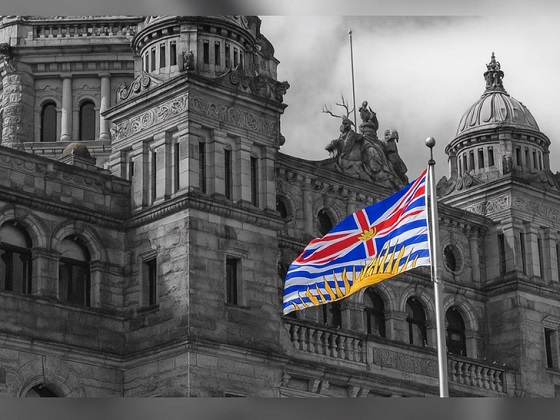
 Frontier Centre for Public Policy2 days ago
Frontier Centre for Public Policy2 days agoRichmond Mayor Warns Property Owners That The Cowichan Case Puts Their Titles At Risk
-
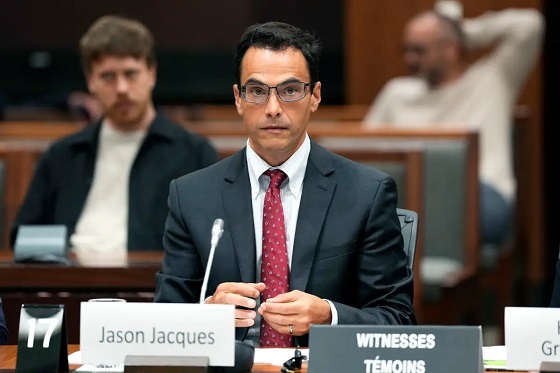
 Business2 days ago
Business2 days agoMark Carney Seeks to Replace Fiscal Watchdog with Loyal Lapdog
-

 Business2 days ago
Business2 days agoSluggish homebuilding will have far-reaching effects on Canada’s economy
-

 COVID-191 day ago
COVID-191 day agoMajor new studies link COVID shots to kidney disease, respiratory problems
-
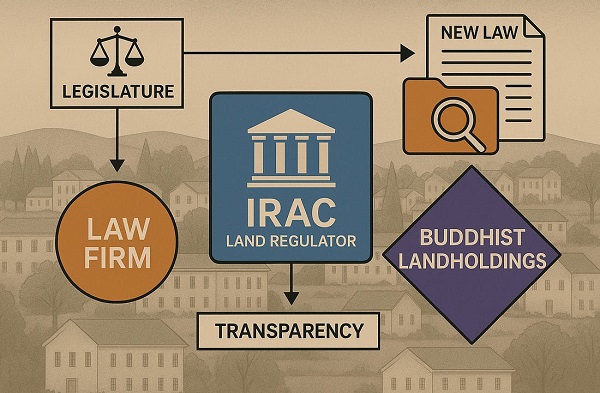
 Business1 day ago
Business1 day agoP.E.I. Moves to Open IRAC Files, Forcing Land Regulator to Publish Reports After The Bureau’s Investigation
-
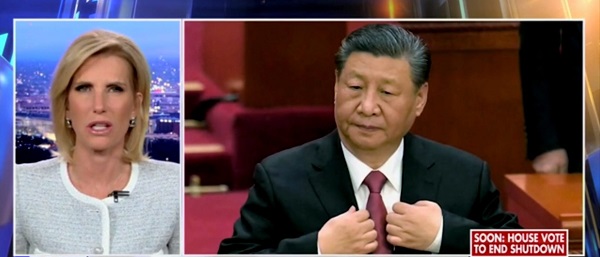
 Daily Caller2 days ago
Daily Caller2 days agoLaura Ingraham’s Viral Clash With Trump Prompts Her To Tell Real Reasons China Sends Students To US
-

 Energy1 day ago
Energy1 day agoCanada’s oilpatch shows strength amid global oil shakeup
-
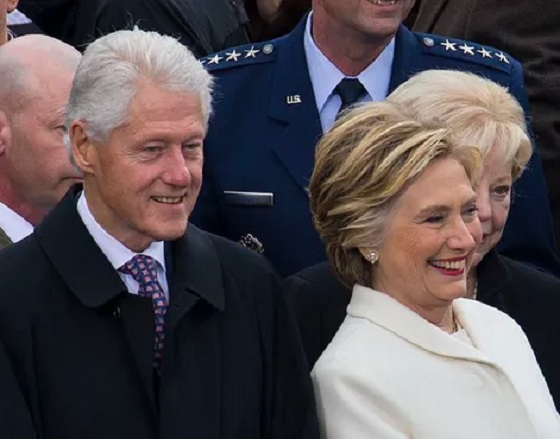
 International23 hours ago
International23 hours agoBondi and Patel deliver explosive “Clinton Corruption Files” to Congress








